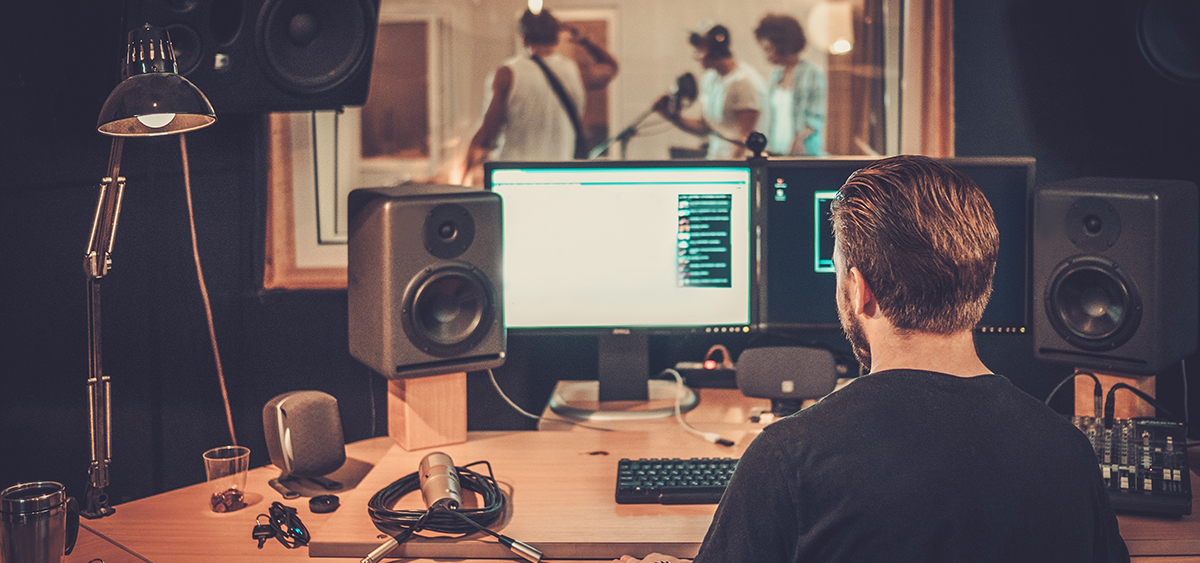Canada’s Copyright Act has two main goals: to protect creative works and to encourage the creation of new works. The basic rule is that a work protected by copyright cannot be used without the permission of its owner.

What Is Copyright?
Copyright literally means the right to copy. But it includes more than the right to copy a work. Rather, it is a bundle of rights that includes the right to produce, copy, sell, publish or perform an original creative work. The copyright owner is the only one who can “use” the work in these ways. No one else can use the work, or a substantial part of it, without the owner’s consent.
Protected Works
The law protects four major categories of creative works:
- literary works, such as books and computer programs
- dramatic works, such as plays, films and choreography
- musical works, such as musical compositions with or without words
- artistic works, such as paintings, photos, maps, sculptures and architectural plans
The range of works protected by copyright is broad. For example, copyright could cover
- a performer’s right over their public performances of, for example, songs, poetry and dance,
- a music producer’s right over their sound recordings, such as CDs, records and tapes, or
- a radio broadcaster’s right over their communication signals.
Ideas, Works and Original Works
The law does not protect ideas – it protects the expression of ideas. This is an important distinction. For example, an idea for a novel (for example, a young man who goes to a school for wizards) is just an idea while it is in your mind. But if you express this idea in a book or another form, it can become a work protected by copyright (for example, the Harry Potter novels).
To be protected, a work must also be original. This means that it did not exist before the creator created it and is not just a copy of another work. The creator needs to have put their own skill and judgment into it.
How Long Does Copyright Last?
Copyright does not last forever. As a rule, copyright in Canada lasts for the creator’s lifetime plus 70 years. After that, the work can be used freely by anyone. It becomes part of the “public domain.”
The Copyright Owner
The creator of a work is almost always the first owner of the copyright. This is the case, for example, for work created by a freelancer hired by a company.
But sometimes the creator of the work is not the first owner. For example, when the work is created by an employee as part of her job, the first owner would be the employer.
Economic Rights
The rights that copyright gives can be classified into economic rights and moral rights.
Economic rights include the right to copy, translate, publish and communicate the work to the public. These rights can be used to earn money.
Creators can give others permission to use their works. This is called giving a licence for use and the person who has this permission is called the licensee. Creators can decide which economic rights to licence. An example is when a famous artist lets one of their paintings be reproduced on posters.
Creators can also assign (sell or give away) their economic rights to another person or organization, who then becomes the new owner. For example, when cartoonists assign their rights in a cartoon to a production studio, that studio can use the cartoon as it wishes… with one exception: the creator’s moral rights (see section below).
Economic rights are enjoyed by the copyright owner, whether that owner is the original creator or someone who purchased the copyright. They can also be enjoyed by a licensee.
Moral Rights
In Canada, creators have moral rights. Moral rights give creators the right to the integrity of their work. This means that the work cannot be changed or used in a way that could harm the creator’s honour or reputation. For example, a court found that putting ribbons around a sculpture as a holiday decoration violated the sculptor’s moral rights. Only the creator can decide how a work can be used, assert that they made it or remain anonymous!
Moral rights can never be sold or given away, even if the work’s economic rights have been. But creators can waive or give up their moral rights over a work.
Copyright and Intellectual Property
The law on intellectual property is not limited to copyrighted works. It also protects many other types of intellectual creations.
Here are some examples:
- An invention or an improvement to an invention can be protected by a patent.
- Words, slogans, shapes and sounds, among other things, can be registered as trademarks.
- The visual features (appearance) of some objects can be protected as an industrial design.





